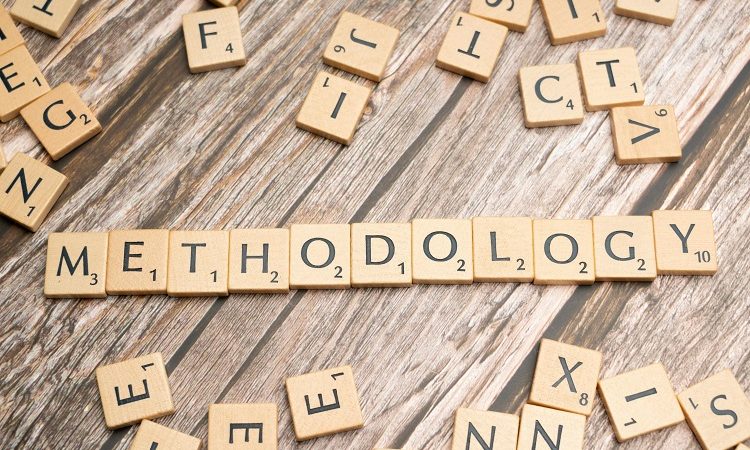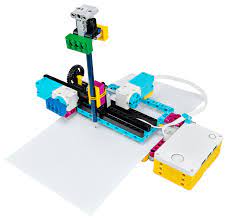Data Analytics: Qualification and Career Prospects

A data analyst is a professional who collects and processes data to perform analysis and extract insights from large datasets. The process comprises several steps or techniques starting from the collection, storage, and organization of data.
The set of arranged data is then studied to answer questions and recognize market trends. Data analysis is a rapidly evolving and highly influential field in the business world for businesses to perform optimally and gain positive results.
If you are looking for a future in the very exciting and evolving industry of data analytics, read on to learn more about the field of data analytics and what you should do to further your career.
To become a data scientist today, you should consider:
- Earning a bachelor’s degree in some area with an emphasis on analytical, math, and statistical, and computer skills
- Take up a data analytics courseto get certification
- Pursuing higher studies or a Master’s
What are the skills needed to become a data analyst?
As a data analyst, you should be proficient in more than one programming language. You will be constantly needed to perform data collection, cleaning, and visualizing through the help of programming languages like SAS or R.
You should have excellent communication skills as you will be responsible for conveying all the information, news, and strategies clearly to help different teams make business decisions.
Be creative and analytical to decipher patterns in large data sets. Students with a strong background in statistics will perform very well in this field.
What are the processes involved in data analytics?
There are several steps involved in data analytics. Some of them are collecting data, cleaning and grouping it.
Collection of data can be done through numerous sources — online, camera devices, computer devices, mobile, environmental, or through other personnel.
Once data is collected, it is processed through different software or spreadsheets to organize statistical data.
Once the data is organized it is analyzed to ensure that no errors or duplication remains before the final analysis. Error checking is important so that the analyzed data see no errors.
What are the different types of data analysis?
Data analytics can be divided into 4 different types. Descriptive analytics reads data to show what happened over a given period. Diagnostic analytics is reading data to understand why a certain thing or things happened. Predictive analytics is used to predict what can likely happen in the future. And prescriptive analytics is when data is used to come up with a list of actions to be done.
Every organization, small or large, have to deal with a huge amount of data coming from all sorts of sources. By using data analytics, companies can optimize their performances by studying the patterns, trends, results etc. The correct analysis of data will help businesses to make better business decisions.
As data is such a huge part of every organization today and business activities are so largely dependent on it, analytics jobs are in high demand and will continue to be so for some time now. Data analysts need enough experience and exposure in the field to do their best and a data analytics course can prepare you with just that. Enroll on a program today.





